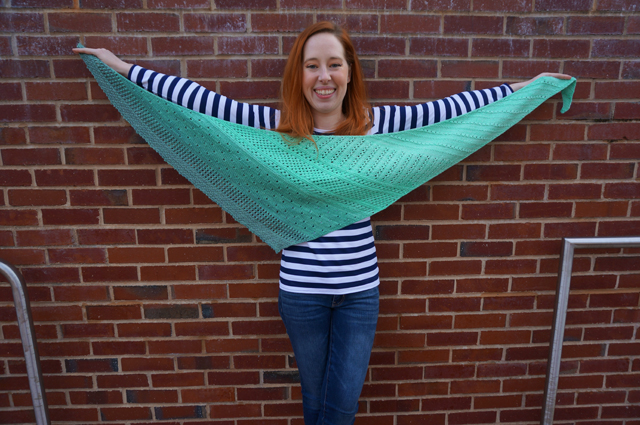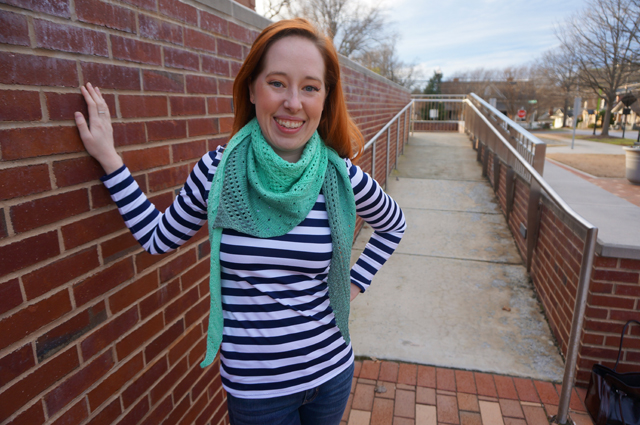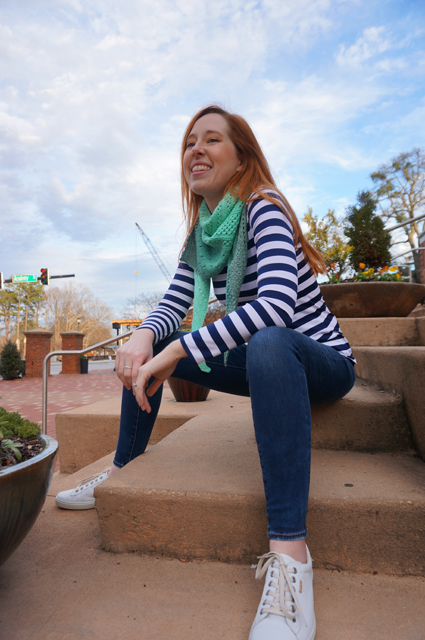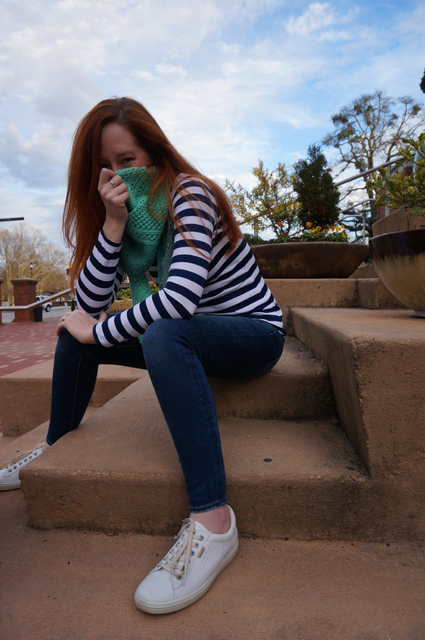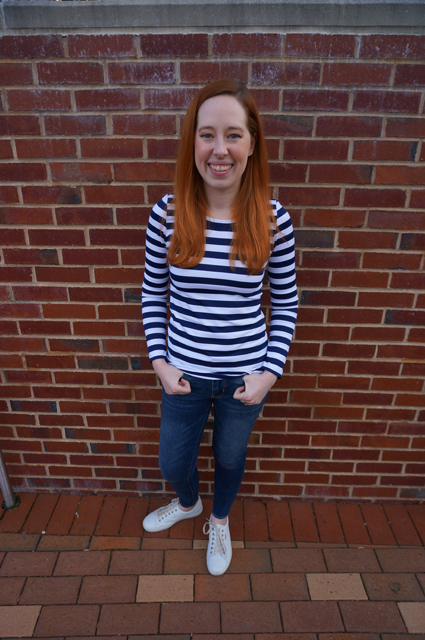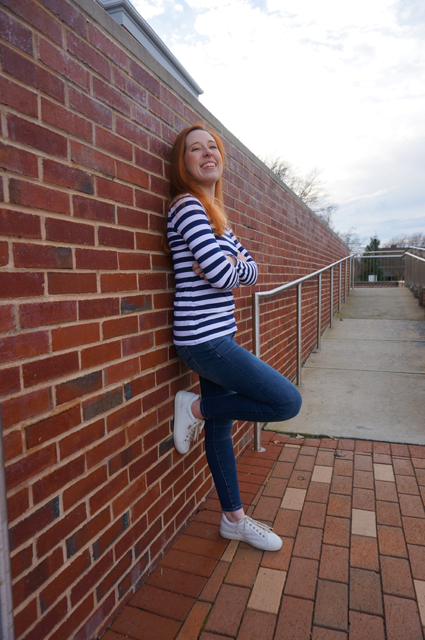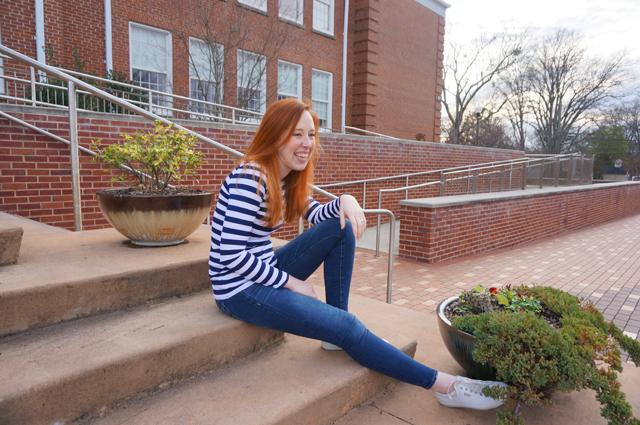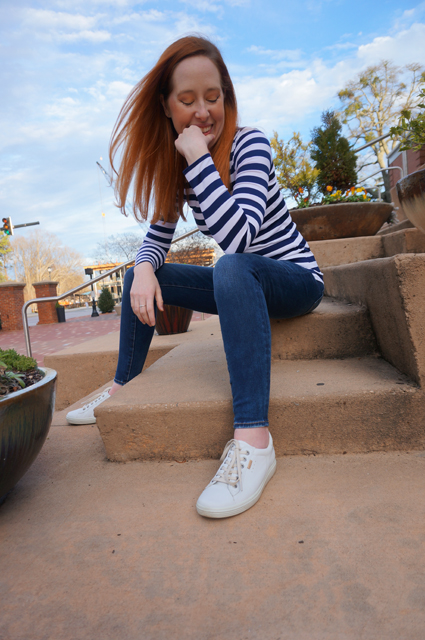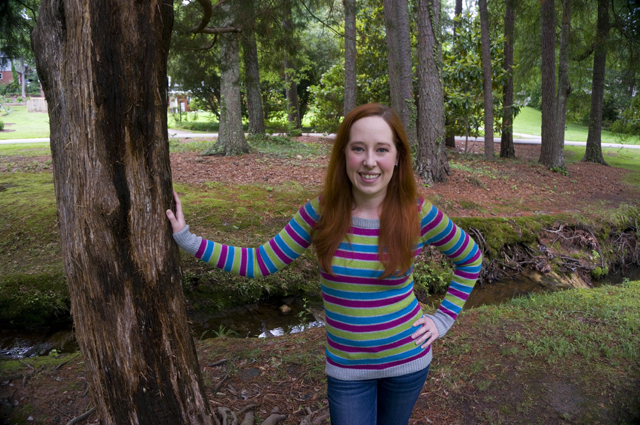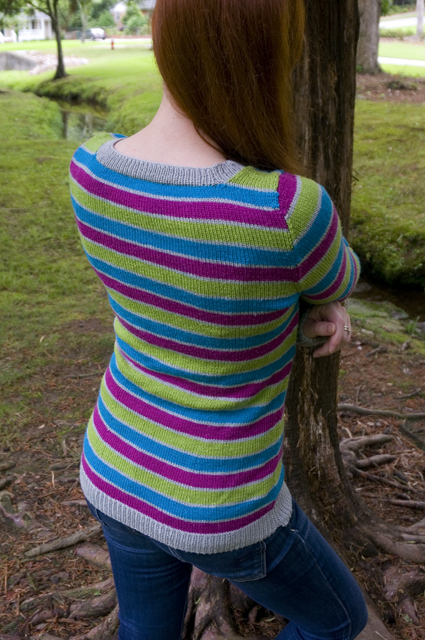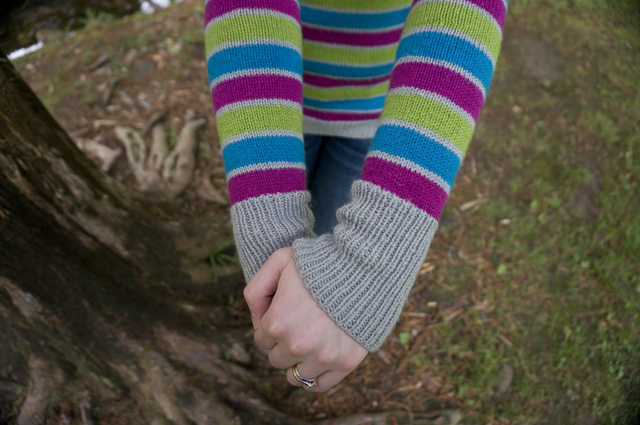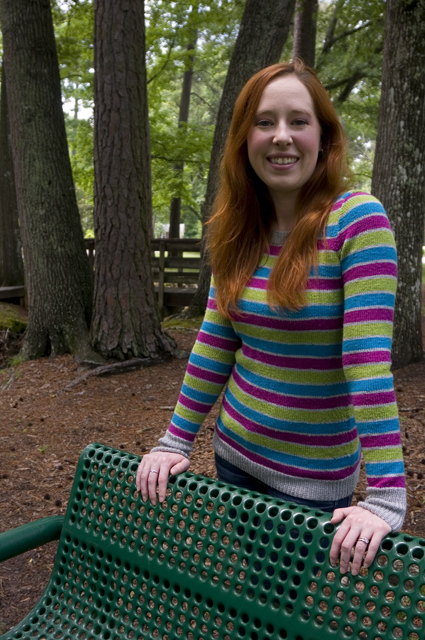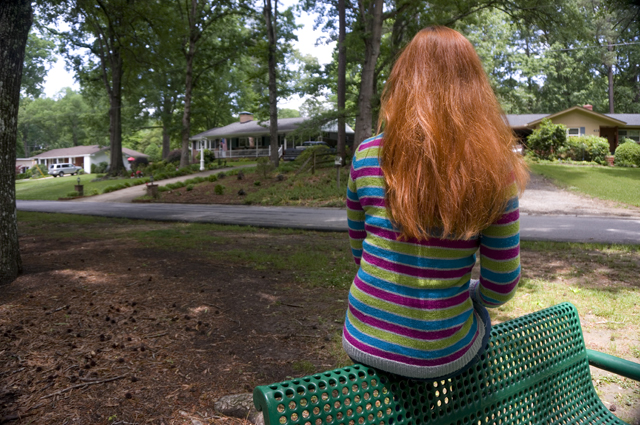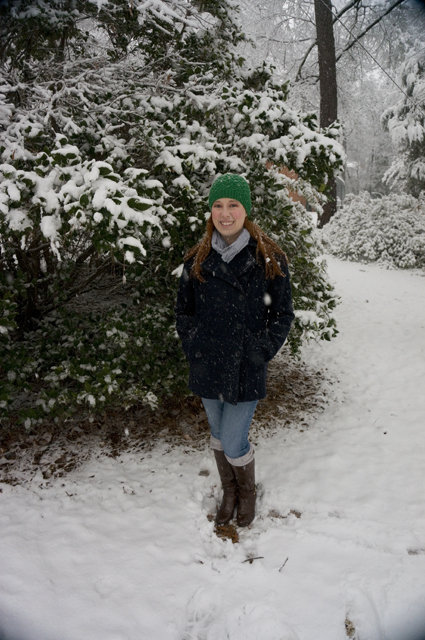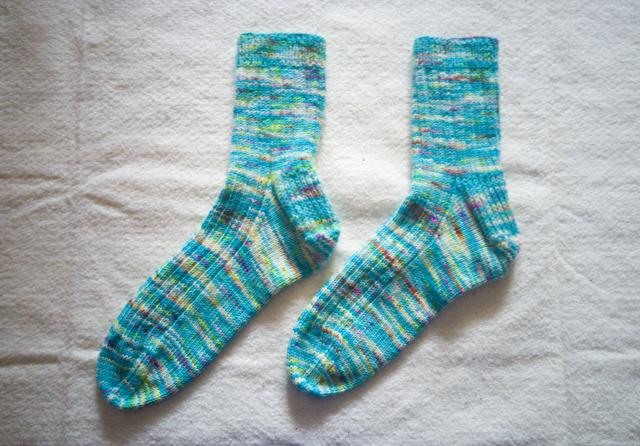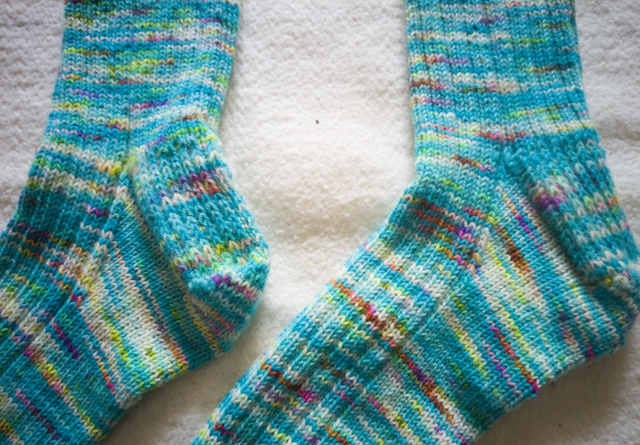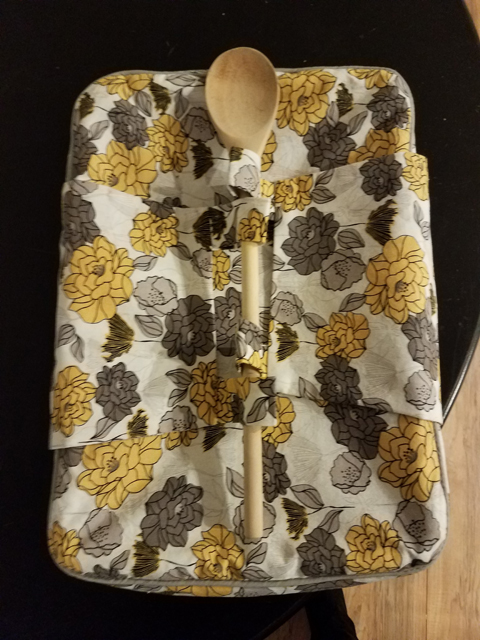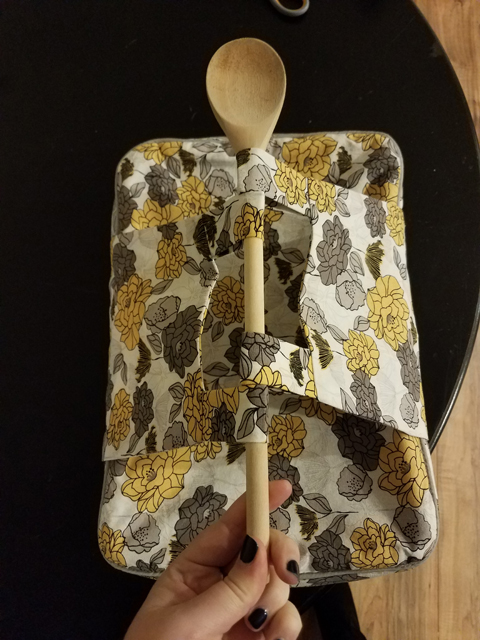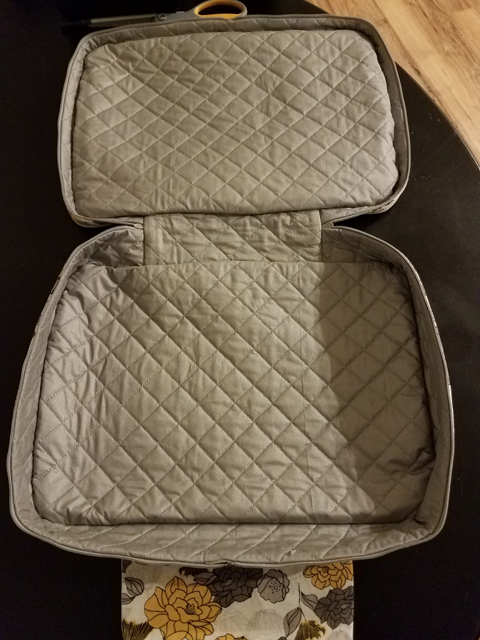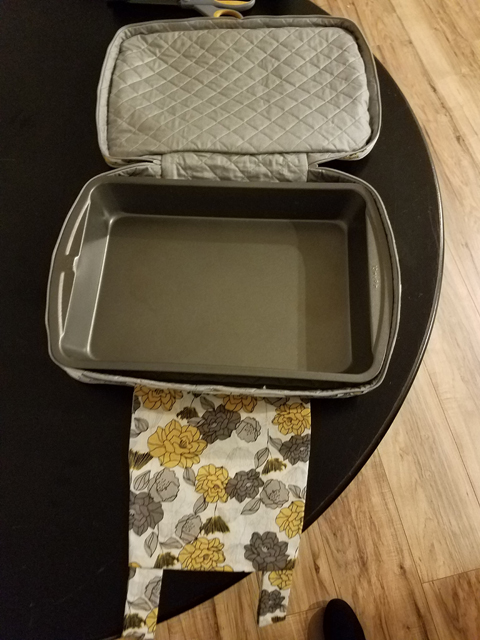
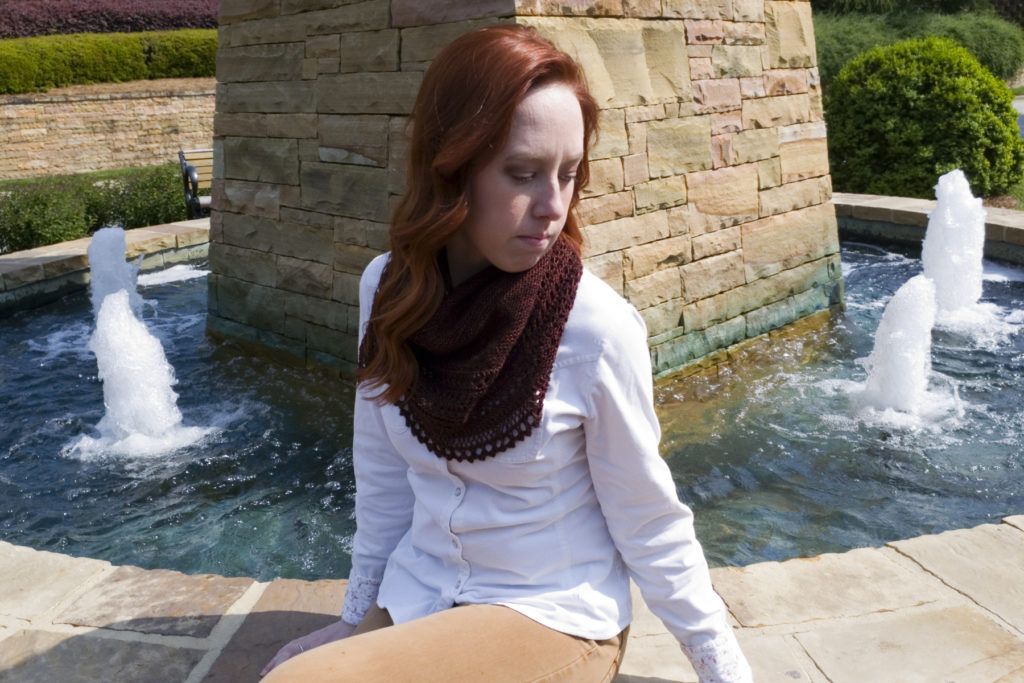
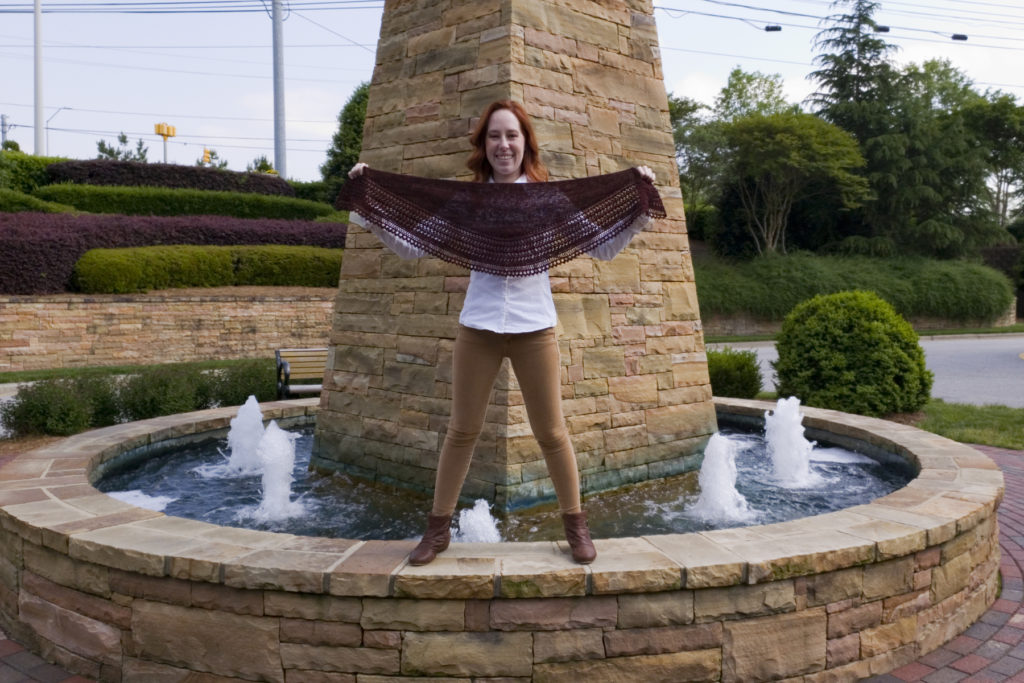
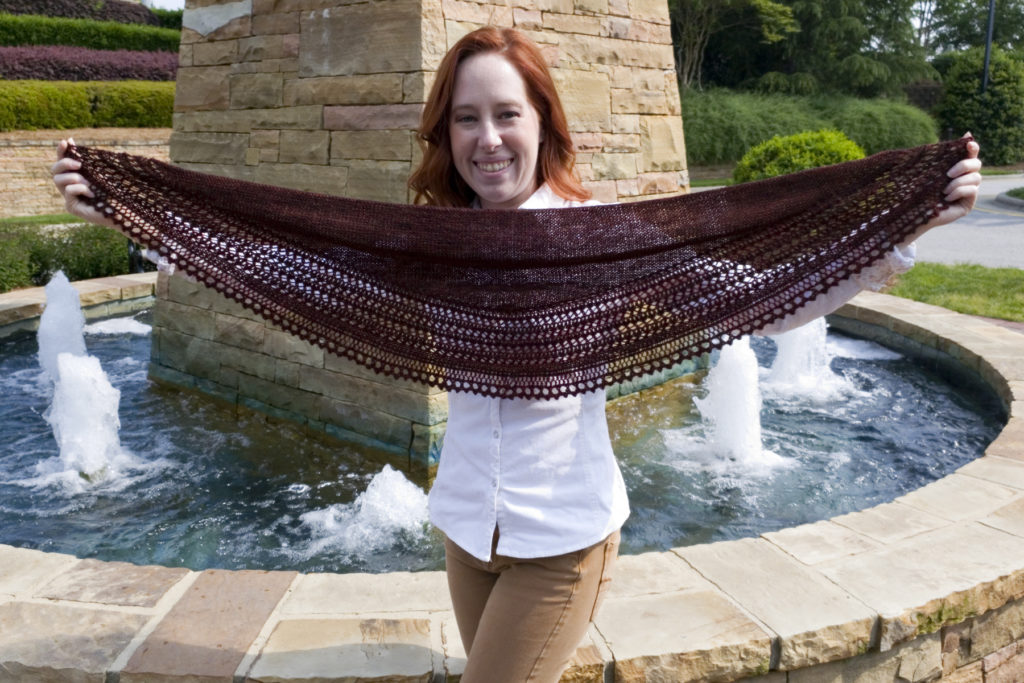
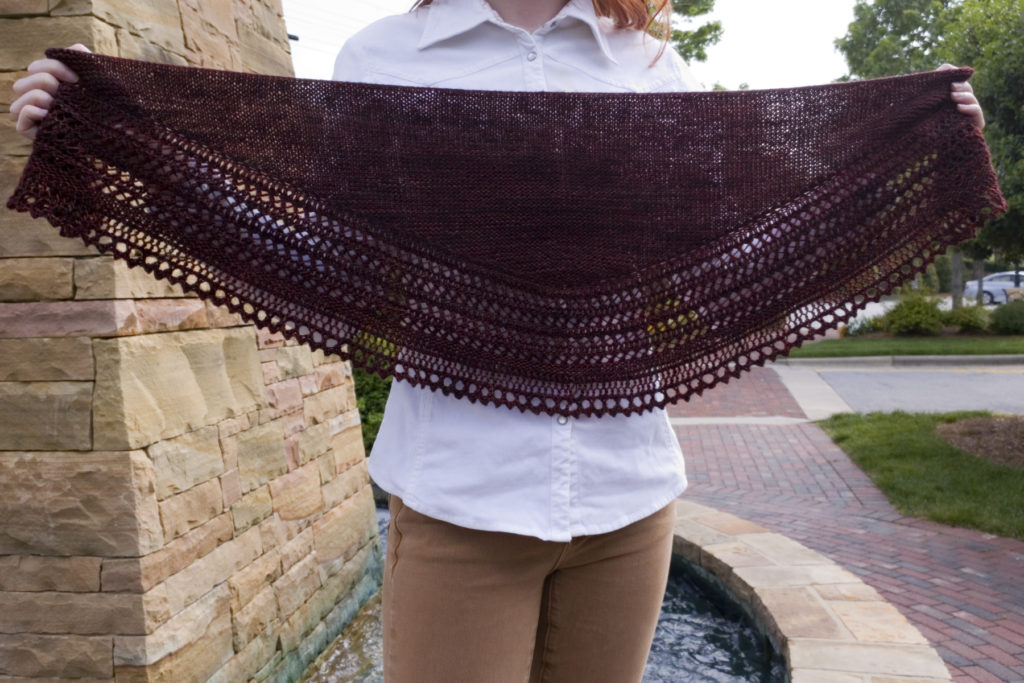
This is the Henslowe shawl by Beth Kling. The yarn is a delicious fingering-weight merino single from Neighborhood Fiber Co. called Rustic Fingering. The color is Ramblewood, a warm reddish-purplish brown semi-solid. If my notes are any indication, there’s very little to say about knitting up the pattern: it’s neatly written and easy to follow, with helpful designer’s notes sprinkled throughout and a clear construction diagram. No head-scratchers here, just a soothing knit from beginning to end that yields plush garter stitch and an interesting lace.
Of course, I’m not sure my notes ought to regarded as an authority, since they completely neglect to mention when I started or finished my Henslowe. (Fortunately, I seemed to have had the presence of mind to create a Ravelry project at the outset.)
Why do I (usually) remember to write down the date I start a knitting project, but never the date I finish? It hasn’t been that hard to train myself to print off a new pattern and jot the date in the upper right corner of the first page. Is it so much harder to bind off the last stitch, breathe a sigh of relief, and then pause to scribble a second date under the first before putting everything away?
I mean, I guess I don’t consider a knit really finished until the ends have been woven in and it’s been blocked (unless it’s a hat; I don’t bother to block those), so I’d have to wait until that’s done for it to count. But if I can take the time to painstakingly set all those pins in place, then pluck them out again, how much longer would it take to pull out the pattern again? Especially since I’m going to have to pull out the pattern again anyway to transcribe my on-the-fly hard copy notes in Ravelry.
If I can set aside the time to pick an outfit, do my hair and makeup, shoot photos, transfer said photos from camera to computer for editing, and write a blog post, then why oh why can’t I write down a mere six digits (four if I’m feeling truly lazy)?
Sure, calendar days aren’t a great proxy for time commitment: I don’t knit every day, and even on days when I do knit, I seldom knit for the same amount of time. And that doesn’t begin to touch the amount of time spent eyeing a project up and down, admitting something’s wrong, succumbing to weeping and/or gnashing of teeth, tinking, and re-knitting.
In truth, tracking the dates is barely helpful to me, and useless to anyone else—so why do I even care?
The best answer I can come up with is that I like seeing the ebb and flow of this hobby. I like knowing how many things I knit in a year. I like being able to see when I’ve focused on a single project and when I’ve juggled two or even three projects (as was the case here; I knit this shawl from start to finish in the middle of knitting a cardigan). I don’t need to have something to knit all of time, but I definitely get restless and cranky if I go too long without a project. “Why do I feel out of sorts when nothing is really wrong?” has on more than one occasion proved easy to diagnose by checking the finish date on my most recent project.
Filling out every field in Ravelry also satisfies my inner completionist. And what knitting project is complete without an overwrought explanation for its made-up and irrelevant name? The pattern moniker, Henslowe, and the color of the yarn reminded me of Hennessy, a cognac. I do enjoy cognac in cooking, but I’m not one to drink it straight—when it comes to liquor, well, I’m more of a bourbon girl.

